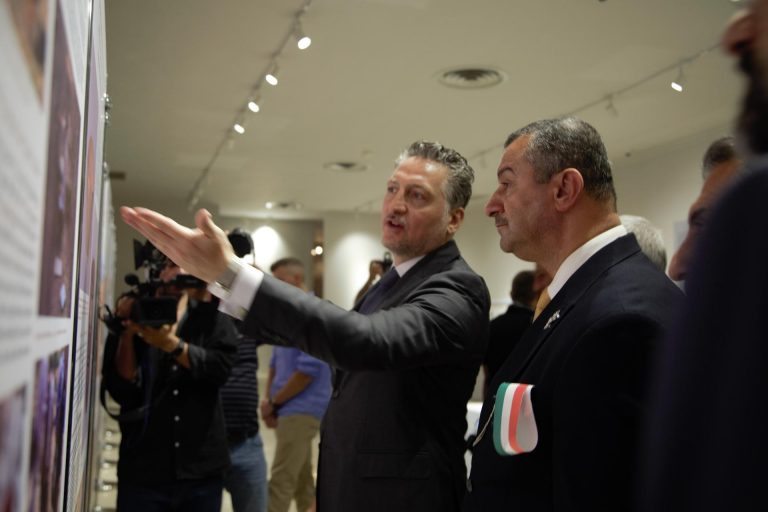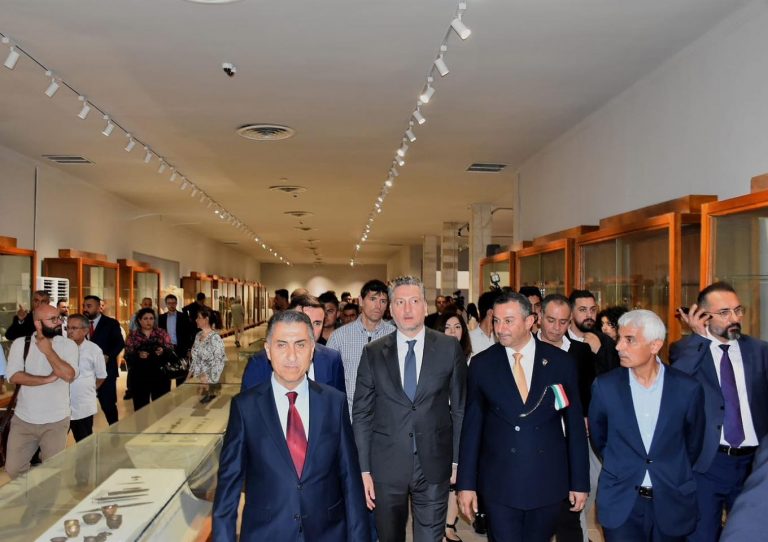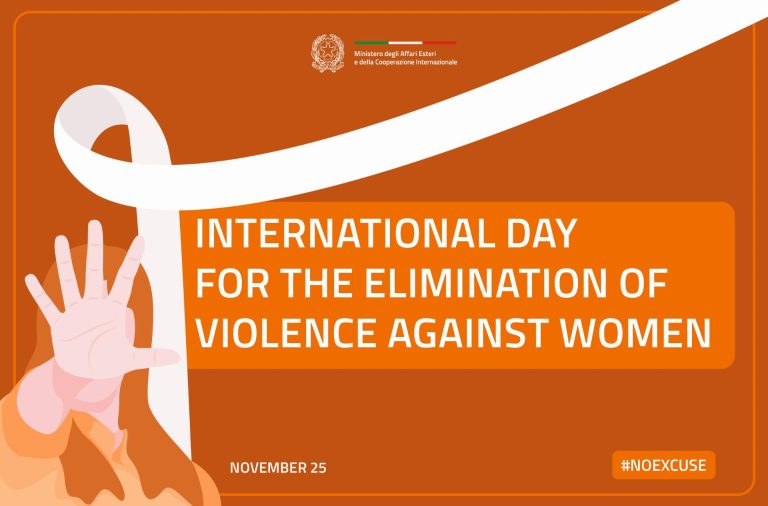After the success recorded in Erbil, the exhibition dedicated to Italian archaeological missions organized by the Italian Consulate moved to Sulaymaniyah, the second city of Iraqi Kurdistan, considered by many to be the cultural capital of the Region, for its well-known and vibrant social atmosphere. This time, together with the Consul Michele Camerota, the Governor Havel Abubaker and the Director of the Museum Hashim Abdullah cut the ribbon, in front of a significant participation of the public and media.
Consul Camerota reiterated that “the Italian archaelogical missions represent the best example of cultural and scientific collaboration with the Kurdish Region and with the entire Iraq, of which Italy holds the record. To date, there are over 20 missions in Iraq, of which 11 in Kurdistan alone, which has fully entered the new frontiers of scholarly research. It is also a source of pride for Italy to be present in all the provinces of the Autonomous Region.” “This initiative represents a tribute to the inestimable archaeological heritage of the Region and to the passionate commitment of Italian archaeologists in its preservation and enhancement. A commitment that we wanted to celebrate with this exhibition, a catalog and a dedicated website, with the involvement of local counterparts from the Directorates of Antiquities”. “The Italian contribution – concluded the Consul – involves the Italian system in its various components and, under the impetus of the Directorate General for Public Diplomacy of the Farnesina, also counts on funding provided by the Agency for Development Cooperation”.
Governor Abubaker expressed great appreciation for the activities of Italian archaeologists who “contribute to strengthening the solid bonds of friendship with Iraqi Kurdistan and with the population involved in various ways, also to affirm the value of culture as a driver of tourist attraction and for the creation of job opportunities”.
The Director of the Museum Hashim Abdullah recalled that “the Italian presence in the governorate dates back to over two decades with the projects launched by La Sapienza di Roma which, also with cooperation funds, oversaw the expansion of the city Museum, enriched with the discoveries made by Italian archaeologists at the Paikuli site”. The Director also mentioned the other Italian missions operating in the governorate, in the Rania plain and, more recently, in Kalar and Sarqala.
***
The exhibition, which will be open to the public until July 12, consists of 31 photographic panels with captions in three languages (Italian, Kurdish and English). For further information on Italian archaeological missions in Iraqi Kurdistan, please consult the dedicated website: www.archeokri.it












